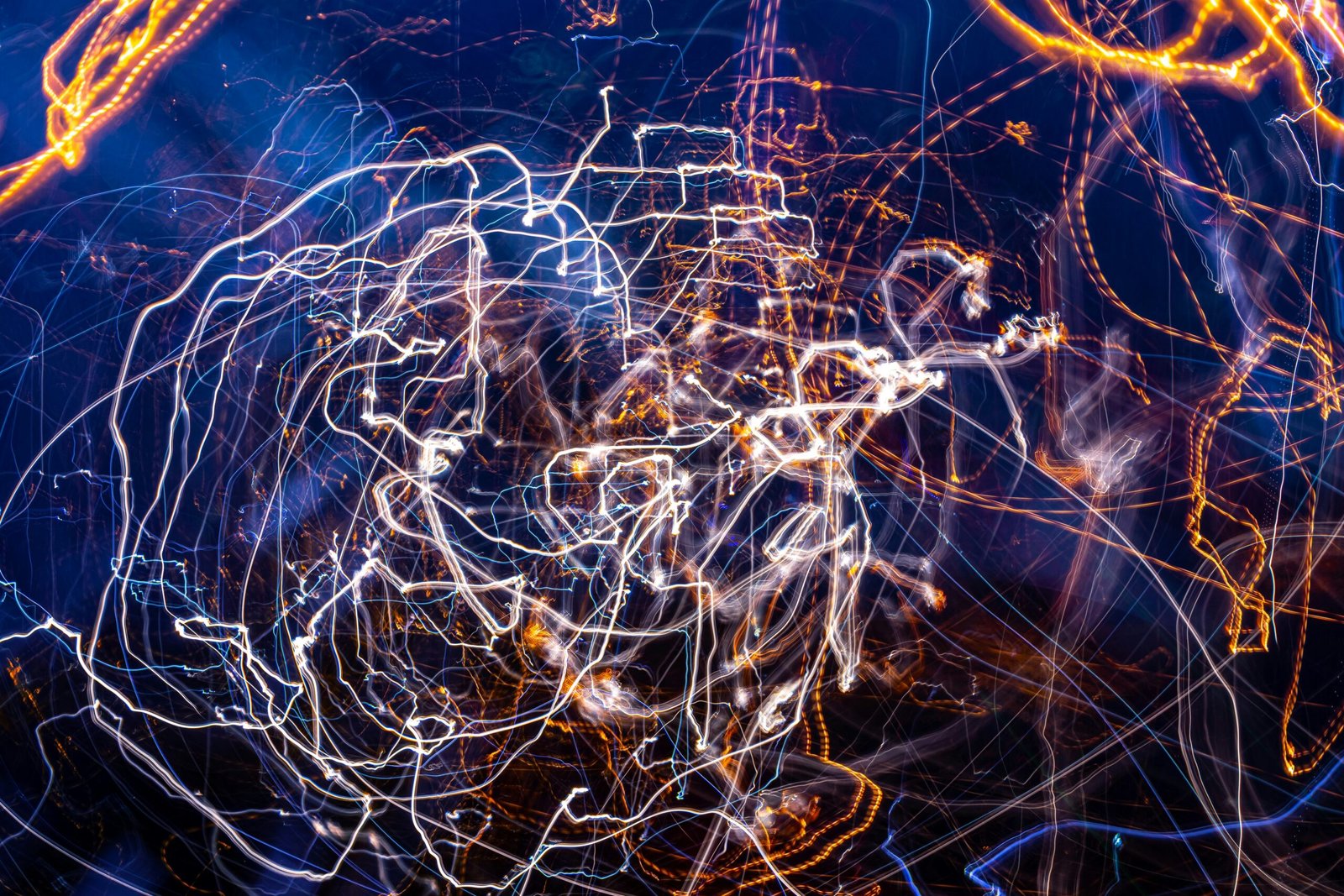
The Illusion of Psychophysical Contingency
If mental states are identical to brain states, what explains the apparent contingency of psychophysical correlations? This mind brain identity paradox threatens identity theory’s foundation. If pain literally IS C-fiber firing, their connection should feel as necessary as “water is H2O.” Instead, we easily conceive pain without C-fibers or C-fibers without pain, suggesting contingency that undermines strict identity.
The solution requires abandoning binary conceptions of identity itself. I propose that psychophysical correlations appear contingent because identity comes in degrees, with necessity emerging as neural integration approaches completeness.
Historical Framework
Leibniz’s Law demands that identical entities share all properties. If pain equals C-fiber firing, then whatever is true of pain must be true of C-fibers. But we can conceive C-fibers without pain (philosophical zombies) and pain without C-fibers (silicon aliens), suggesting different modal properties and thus non-identity.
Kripke’s necessary a posteriori identities seemed to solve this. “Water is H2O” is necessarily true despite being empirically discovered. Similarly, “pain is C-fiber firing” might be metaphysically necessary but epistemologically opaque.
However, Kripke’s examples involve natural kinds with discoverable essential microstructures. Mental states seem different—their essence appears phenomenological rather than physical. This creates what I call the phenomenological-physical essence gap.
The Graded Identity Solution
Rather than binary identity/non-identity, consider graded constitutional dependence. Mental states begin as loosely correlated with neural activity and gradually achieve constitutive dependence through increasing integration depth.
Early neural implementations provide partial grounding—sufficient for mental state emergence but insufficient for necessary identity. As implementations become more sophisticated and comprehensive, they approach constitutive grounding, making psychophysical connections increasingly necessary.
This explains multiple realizability without abandoning physicalism. Silicon aliens might feel pain through different substrates because their implementations haven’t achieved the integration depth that creates necessity in human brains. The correlation remains functional rather than constitutive.
Phenomenological Evidence
The contingency intuition reflects perspective dependence, not metaphysical distinctness. Introspection accesses qualitative experience directly; neuroscience encounters quantitative patterns. These seem like different phenomena because we access identical reality through disparate cognitive channels.
When you introspect pain, you encounter the first-person qualitative dimension. When scientists study C-fibers, they encounter third-person quantitative activity. Same underlying reality, different epistemic access points.
Why Binary Thinking Persists
We evolved to categorize binarily—predator/prey, safe/dangerous, self/other. Graduated necessity requires cognitive sophistication that conflicts with intuitive judgment. This explains why contingency intuitions persist among experts.
Meta-analytically, science reveals many phenomena resisting binary classification: quantum superposition, emergent properties, phase transitions. Psychophysical relations might exhibit similar graduated necessity.
The Resolution
Psychophysical correlations appear contingent because we’re observing identity-in-formation. Mental states don’t simply correlate with brain states—they’re in the process of becoming brain states through graduated neural integration.
We experience apparent contingency because we occupy a temporal position in this process. We study consciousness while it’s achieving full neural integration. Once integration becomes complete, necessity will seem as obvious as any physical law.
The deepest insight: psychophysical necessity isn’t discovered but achieved through increasing integration depth. We’re witnessing the emergence of mind brain identity in real time, mistaking the gradual process for contingency itself.
This transforms the entire debate. Rather than asking whether mental states are identical to brain states, we should ask: at what point does neural integration become sufficient for constitutive rather than correlative psychophysical dependence? The answer determines where contingency ends and necessity begins for true mind brain identity.
Share Your Reflection
Your insights enrich our collective understanding. What thoughts does this spark in your mind?